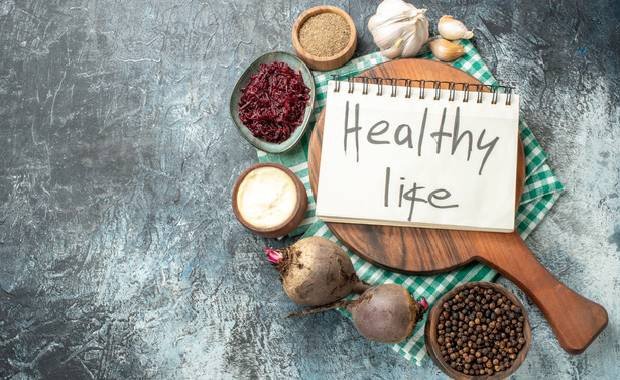Introduction
In the pursuit of optimal health, one dietary component consistently stands out: fiber. Often overlooked, fiber plays a pivotal role in maintaining digestive health and overall well-being. This comprehensive guide explores the different types of dietary fiber, their myriad benefits, and practical ways to incorporate fiber-rich foods into your daily meals.
Understanding Dietary Fiber
Dietary fiber, also known as roughage or bulk, comprises plant-based carbohydrates that the body cannot digest. Unlike other nutrients, fiber passes through the digestive system relatively intact, aiding in various bodily functions. There are two primary types of fiber, each serving distinct purposes:
- Soluble Fiber: Dissolves in water to form a gel-like substance. It helps lower blood cholesterol and glucose levels
- Insoluble Fiber: Does not dissolve in water. It adds bulk to stool and aids in moving food through the digestive system
In addition to these, resistant starch acts as a prebiotic, feeding beneficial gut bacteria and supporting overall gut health.
The Role of Fiber in Digestive Health
Fiber is instrumental in promoting healthy digestion in several ways:
- Prevents Constipation: Insoluble fiber adds bulk to stool and accelerates its passage through the intestines, reducing the likelihood of constipation.
- Regulates Bowel Movements: Soluble fiber absorbs water, forming a gel-like substance that softens stool and facilitates regular bowel movements.
- Supports Gut Microbiota: Certain fibers act as prebiotics, nourishing beneficial gut bacteria and contributing to a balanced gut microbiome.
- Reduces the Risk of Digestive Disorders: A high-fiber diet is associated with a lower risk of developing conditions like diverticulitis and hemorrhoids.
Health Benefits Beyond Digestion
Incorporating fiber-rich foods into your diet offers numerous health advantages:
- Heart Health: Soluble fiber can help lower LDL (bad) cholesterol levels, reducing the risk of heart disease.
- Blood Sugar Control: Fiber slows the absorption of sugar, improving blood sugar levels and aiding in the management of diabetes.
- Weight Management: High-fiber foods are more filling, helping control appetite and reducing overall calorie intake.
- Reduced Risk of Certain Cancers: A high-fiber diet may lower the risk of colorectal cancer.
Incorporating Fiber-Rich Foods into Your Diet
Integrating fiber into your daily meals is both simple and delicious. Here are some fiber-rich foods to consider:
- Whole Grains: Brown rice, quinoa, oats, and whole wheat products are excellent sources of fiber.
- Legumes: Beans, lentils, and chickpeas provide a substantial amount of fiber and protein.
- Fruits: Apples, pears, berries, and bananas are not only rich in fiber but also packed with essential vitamins.
- Vegetables: Leafy greens, carrots, broccoli, and sweet potatoes are high in fiber and other nutrients.
- Nuts and Seeds: Almonds, chia seeds, flaxseeds, and walnuts offer a good amount of fiber along with healthy fats.
Practical Tips for a Fiber-Rich Diet
- Start Your Day with Fiber: Begin your morning with a bowl of oatmeal topped with berries or a smoothie containing spinach and chia seeds.
- Snack Wisely: Choose fiber-rich snacks like raw vegetables with hummus, a handful of nuts, or an apple.
- Cook with Legumes: Incorporate beans and lentils into soups, stews, and salads.
- Opt for Whole Grains: Replace white rice and pasta with brown rice, quinoa, or whole wheat alternatives.
- Add Seeds to Meals: Sprinkle flaxseeds or chia seeds over yogurt, salads, or baked goods.
By making these simple changes, you can significantly increase your fiber intake and enhance your digestive health.
Conclusion
Dietary fiber is a cornerstone of digestive health and overall wellness. By understanding its benefits and incorporating a variety of fiber-rich foods into your diet, you can support your digestive system and reduce the risk of various health issues. Remember, a fiber-rich diet is not only about quantity but also about variety and balance.
Suggested Read: eat-well-live-well-the-key-to-long-lasting-health








